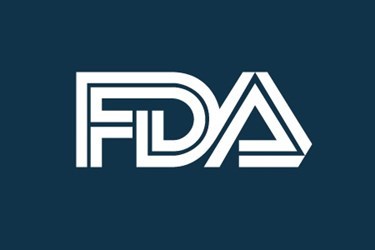FDA Clarifies Medical Device UDI Marking Process
By Jof Enriquez,
Follow me on Twitter @jofenriq

The U.S. Food and Drug Administration (FDA) has released new draft guidance pertaining to the direct marking of unique device identifiers (UDI) on medical devices. The document contains compliance dates, exemptions, methods of direct marking, and interpretation of "reprocessing" for direct marking requirements. It is the latest in a series of guidance documents related to the FDA's UDI program, which tracks devices in order to assess adverse event reports more effectively.
Under the UDI rule published on Sept. 24, 2013, the FDA requires that each label and medical device package distributed in the United States bear a unique device identifier (UDI) consisting of two parts: a device identifier distinguishing the specific device model and its manufacturer, and a production identifier stating the device's serial number, date of manufacture, and other information.
The draft guidance, entitled “Unique Device Identification: Direct Marking of Devices,” is meant to guide manufacturers, particularly labelers, toward understanding UDI marking requirements for medical devices.
"As explained in the preamble of the UDI Rule, direct marking requirements apply to devices that are intended to be used for months or years, sometimes many years. Because such devices are intended to be reprocessed and reused, they will inevitably be separated from their original labels and device packages. Direct marking best assures the adequate identification of such devices," the FDA states in the draft guidance document.
For purposes of direct marking, the FDA considers a device that is intended to be both cleaned and either sterilized or disinfected before each use to be intended to be reprocessed.
However, the FDA states in its notice and request for comments in the Federal Register that it "has some concern about whether cleaning alone, without subsequent sterilization and/or disinfection, should fit within the definition of “reprocessing” for purposes of UDI direct marking requirements. Therefore, FDA is seeking additional information on this issue."
In the draft guidance, the FDA does not provide a specific approach to marking each device, citing the wide variety of existing devices, use conditions, and reprocessing methods for these devices. FDA stipulates only that a UDI mark contain all required information, and that the label should last through the expected use life of a device, including reprocessing. Labelers may decide the most appropriate direct marking method, depending on the type of device and its intended safe use.
"Possible methods to directly mark a device with a UDI include etching, attaching a permanent plaque to durable equipment, or affixing a permanent tag such as a radio frequency identification (RFID) tag to the device," the FDA states.
Life-sustaining and life-supporting devices (regardless of device class) have until Sept. 24, 2015 to comply with UDI direct marking requirements; Class III devices and devices licensed under the Public Health Service have until Sept. 24, 2016; Class II devices must be compliant by Sept. 24, 2018; and Class I devices and unclassified devices must be compliant by Sept. 24, 2020.
Devices manufactured and labeled prior to their corresponding compliance dates must be updated with UDI labeling within three years of their respective deadlines. For devices classified through the de novo process or cleared in a 510(k) submission, the FDA says manufacturers should conduct analysis or testing to discover whether direct marking would affect the safety and effectiveness of a device. If a safety issue is verified, the manufacturer could apply for an exception to UDI marking requirements, or proceed to mark the device anyway, provided the manufacturer seeks clearance of a new 510(k) submission.
Comments on the draft guidance will be accepted until Sept. 24, 2015.
